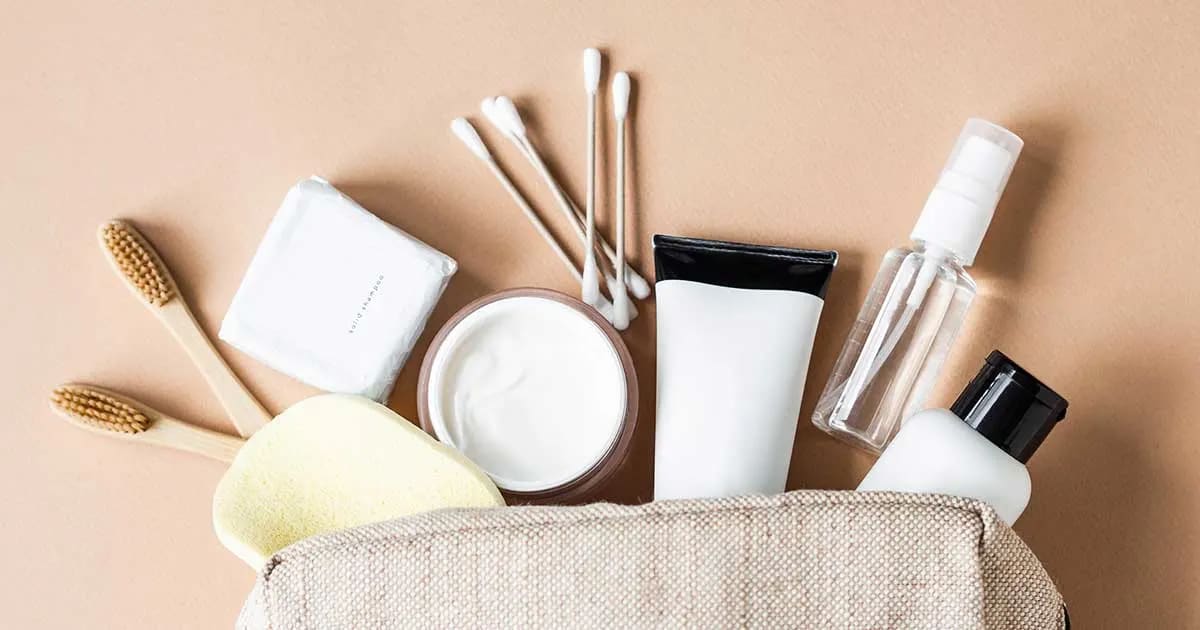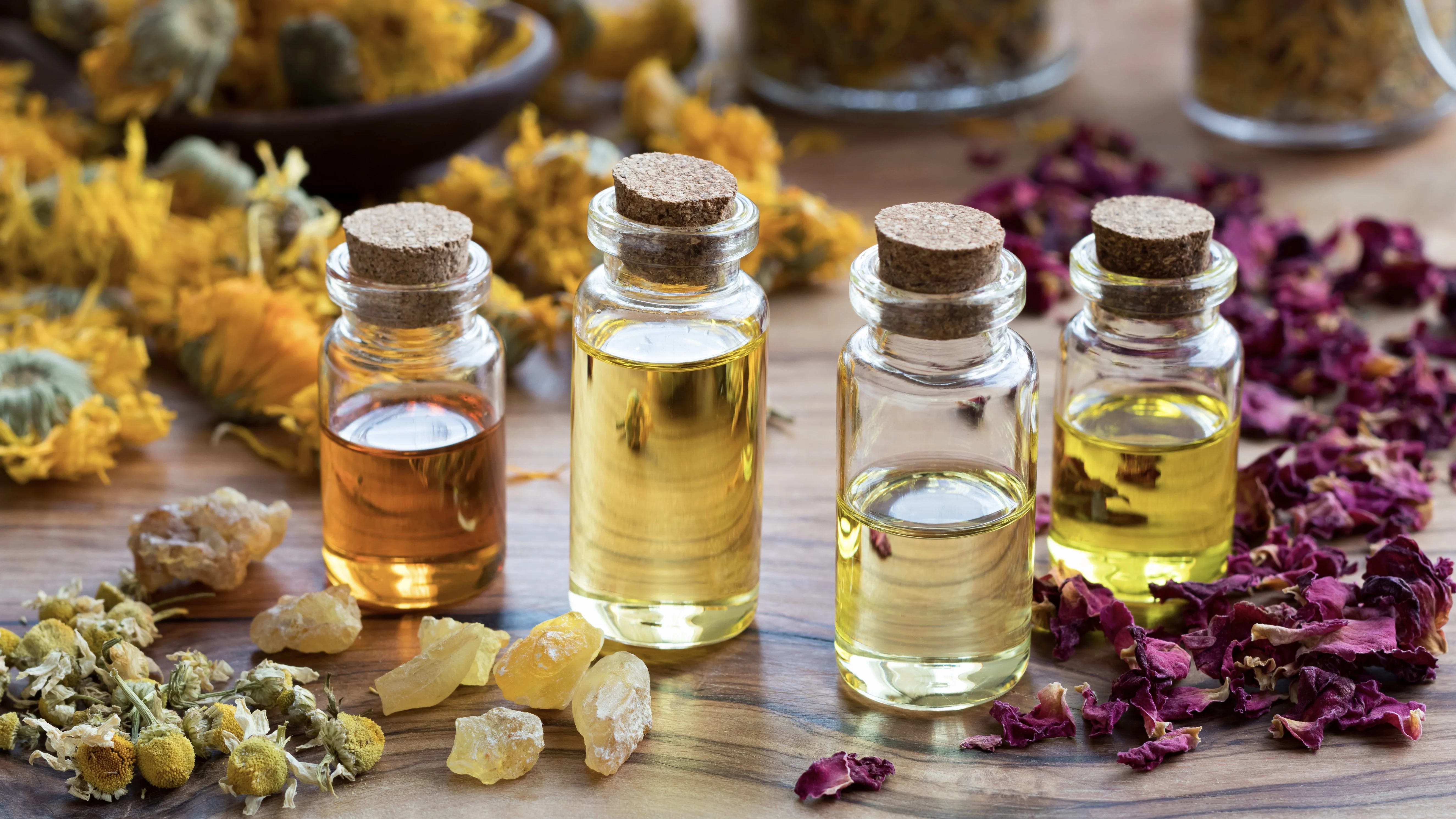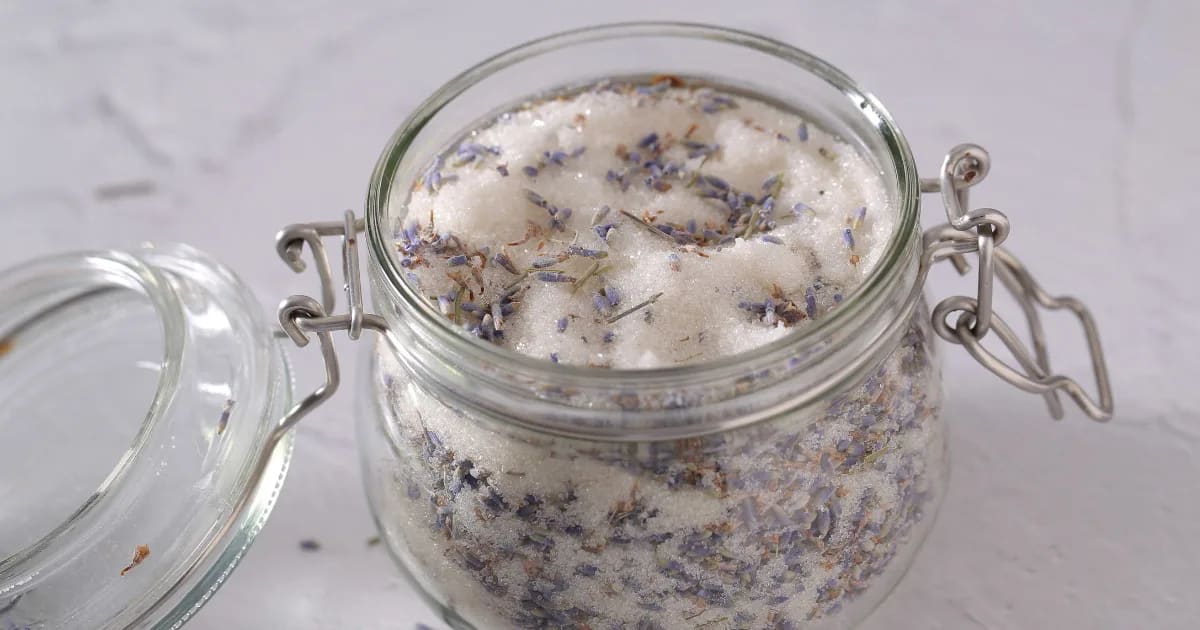DIY Travel-Sized Moisturizing Foam Soap with Geranium

Make your own travel-sized moisturizing foam soap!
This gentle moisturizing foam soap recipe washes away dirt and germs without making the skin on your hands feel dry and itchy.
And it's in a travel-sized bottle so you can use it instead of the harsh soaps in public restrooms!
Natural liquid castile soap provides a cleansing action, and a splash of jojoba oil moisturizes your skin. The essential oils in this moisturizing foam soap help reduce the presence of germs even further and have the added benefit of calming your spirit during a busy, stressful day.
This recipe smells sweet and floral, layered with fresh Atlas Cedarwood!
Floral Forest Moisturizing Foam Soap
20 ml Castile soap
10 ml Jojoba oil (Simmondsia chinensis)
10 ml Rose Geranium hydrosol (Pelargonium spp)
18 drops Atlas Cedarwood essential oil (Cedrus atlantica)
12 drops Geranium essential oil (Pelargonium graveolens)
Make this moisturizing foam soap in a 50 ml bottle with a foamer pump.
Combine the bottle's castile soap, jojoba, hydrosol, and essential oils. (You'll notice the ingredients don't fill the bottle. That's because we want to leave space for the foamer pump, which takes up some space in the bottle.)
You'll want to shake it before each use to ensure the jojoba is thoroughly mixed with the hydrosol and castile soap.

Now let's talk about the essential oils in this blend . . .
Atlas Cedarwood essential oil
Cedrus atlantica
Atlas Cedarwood is distilled from the wood of trees in the Atlas Mountains.
Author Salvatore Battaglia suggests it for skin care, citing its "astringent and antiseptic" qualities. While it's gentle enough for use on the face (when safely diluted), I also love it for moisturizing foam soaps.
Another aspect of Atlas Cedarwood that Battaglia mentions is its ability to calm the nervous system. Its sheltering presence offers reassurance when you aren't feeling confident.
Geranium essential oil
Pelargonium graveolens
Distilled from the leaves of flowering Geranium plants, this oil has a sweet, floral scent. It's often substituted for Rose since its aroma has such strong rosy notes.
Geranium essential oil contains geraniol, a component that's been found to inhibit several types of microbes, including bacteria and fungi. Its component citronellol has similar properties.
Because Geranium is a "heart note," it's also helpful for soothing nervous, anxious feelings.
Try this Rose Geranium Body Oil recipe if your hands need extra moisturizing between washes. It is excellent for hands!
Rose Geranium hydrosol
Pelargonium spp.
I added hydrosol to this blend to make it even softer on the skin!
Hydrosol is the water-based portion of a distillate. Heat is applied when Geranium leaves are put into a still with water. The process extracts the plant's essential oil, but some aromatic elements also infuse into the water. That's the hydrosol!
I adore working with hydrosols. The splash of hydrosol in this blend adds an extra layer of sweet floral scent. Adding a water-based ingredient shortens the product's shelf life, so a 50 ml foamer container is perfect. Use within 3-4 weeks.
Tuck this bottle of moisturizing foam soap into your bag, or keep a bottle in your desk at work. It also works excellent as a body wash, so pack it on vacation!
NOTE: Atlas Cedarwood (Cedrus atlantica) is on the endangered list. It's a good idea to ask your supplier how their oil is sourced and produced. Aromatics International gets their Cedrus atlantica from a plantation that uses sustainable practices, so the wood isn't taken from the wild. (Just like Sandalwood, there are plantations that grow Cedrus atlantica with fully sustainable harvesting methods.) It's exciting to see this type of conservation and sustainability making a positive impact! We can also suggest using Juniperus virginiana instead of Cedrus atlantica.
REFERENCES
Battaglia, S. (1995) The Complete Guide to Aromatherapy. Virginia, QLD: Perfect Potion
Edwards-Jones, V., Buck, R., Shawcross S.G., Dawson, M.M. and Dunn, K. (2004) The effect of essential oils on methicillin-resistant Staphylococcus aureus using a dressing model. Burns 30, 8, 772-777
Pattnaik, S., Subramanyam, V.R., Bapaji, M., Kole, C.R. Antibacterial and antifungal activity of aromatic constituents of essential oils. Microbios. 1997;89(358):39-46. PMID: 9218354
Perry, N. and Perry, E. (2006) Aromatherapy in the management of psychiatric disorders: clinical and neuropharmacological perspectives. CNS Drugs 20, 4, 257-280
Setzer, W.N. (2009) Essential oils and anxiolytic aromatherapy. Natural Product Communications 4, 9, 1305-1316





